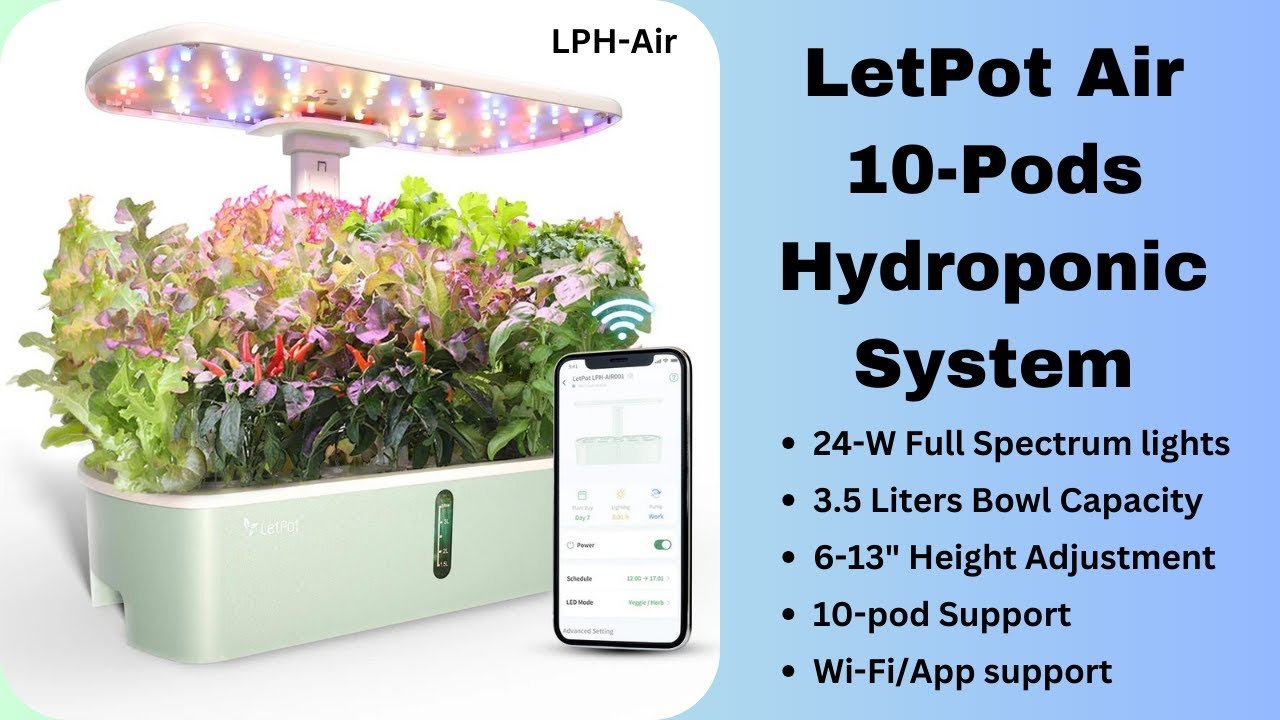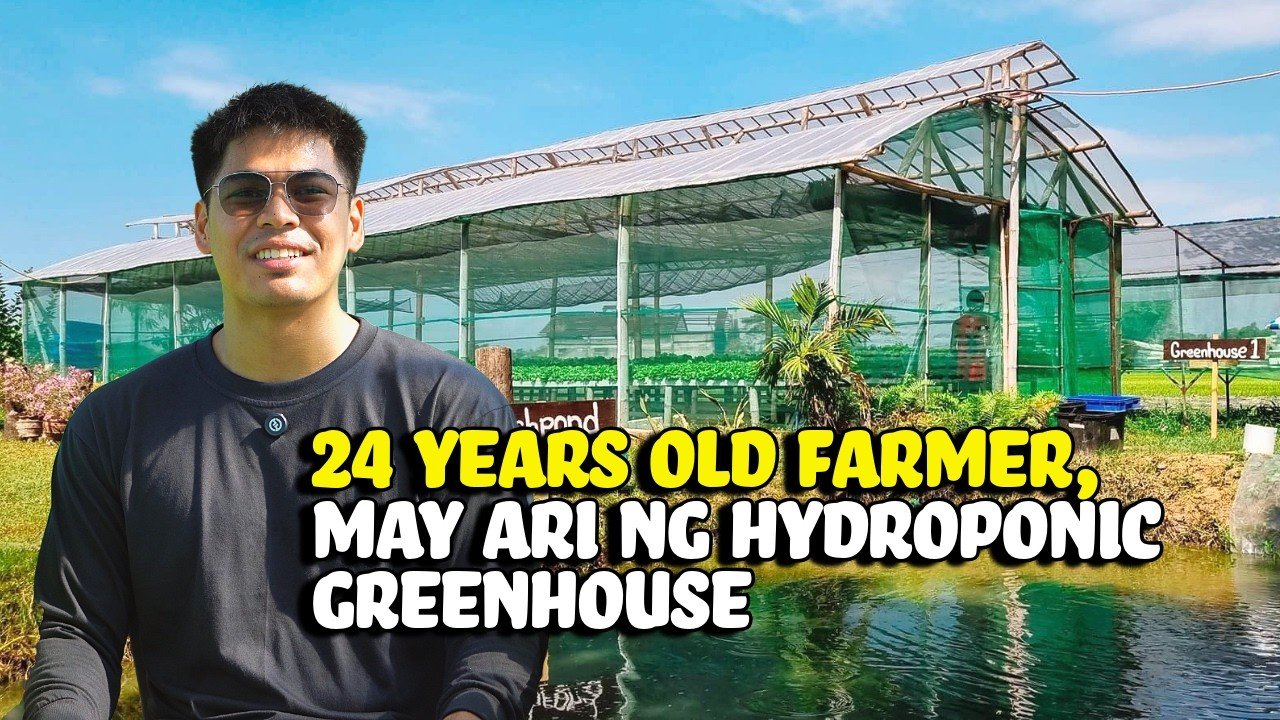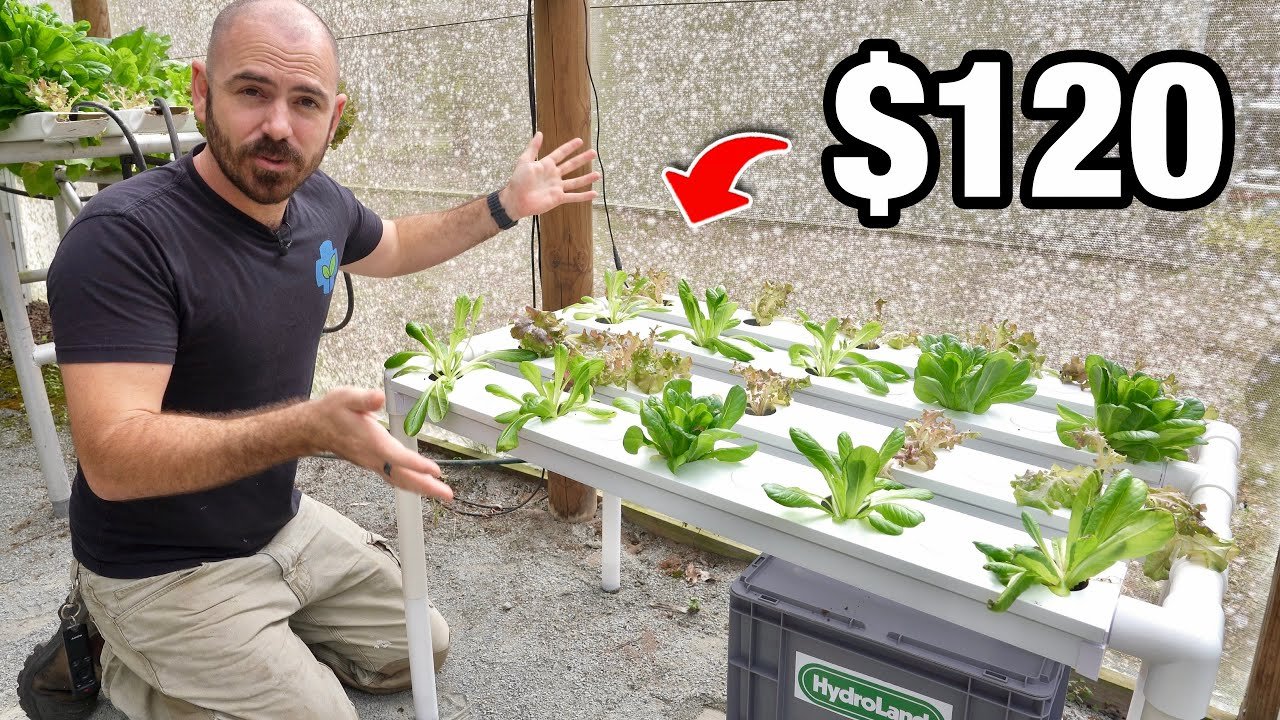My Aquaponics Adventure: The Good, The Bad, and The Fishy
You ever just get an idea in your head and decide that you need to make it happen—even if you’ve never done anything like it before? That’s how it was for me when the thought of building an aquaponics system crept into my mind. The winter chill had given way to the first hints of spring, and like a kid with a new toy, I was buzzing with excitement. I imagined a small oasis in my backyard: fresh fish swimming alongside vibrant veggies, all self-sustaining and beautiful. Who wouldn’t want that?
The Dream Begins
Now, I was no stranger to having grand visions. Whether it was my ill-fated attempt to build a treehouse as a teenager or that time I tried to fix my car with nothing but duct tape and a YouTube tutorial (let’s not talk about that), I often followed my gut without really thinking things through. So, armed with a hodgepodge of ideas and a few YouTube how-to videos, it was time to hit my local hardware store.
At Lowe’s, I walked the aisles as if I were in a candy shop, oohing and aahing over PVC pipes, pumps, and grow beds. I wound up with a mishmash of supplies: some old storage bins, a small aquarium pump, and a handful of tilapia fish that I convinced myself would thrive in my little backyard setup. You’ll laugh at my reasoning—"Tilapia are hardy, right? They practically grow on trees." Spoiler alert: they don’t.
Setting Up
Once I got everything home, I felt a rush of enthusiasm. I began by repurposing an old plastic garden shelf for my grow bed. I drilled holes in it like I was a mad scientist, enthusiastic about the potential. The smell of fresh soil and fish feed filled the air, mixing with the slight metallic tang of the pump. Honestly, I thought I’d nailed it. I was practically a hydroponic wizard, channeling my inner green-thumb.
Sunk deep into the ground, my pitiful little aquarium sat atop cinder blocks, creating a mini ecosystem. The water was crystal clear—at least for a few hours—but then I became aware of a nasty smell wafting towards me. The kind that raises the hairs on the back of your neck. You know the one? The one you associate with bad decisions and old fish. Ugh.
The Fishy Dilemma
You might wonder how I even got to this point without any major hiccups. Well, hold on to your barn doors. The first few days went swimmingly (pun intended). I watched my tilapia explore their new home, and the plants, small seedlings, seemed happy enough. I should’ve known better, though. That initial glee turned sour all too quickly.
One morning, just a week after I set everything up, I padded out to the shed with my coffee in hand, still in my fuzzy slippers, only to discover my fish floating. All of them—belly-up, like they were all headed to fishy heaven together. My heart dropped. Did I forget to check the water pH? Had I fed them too much? I felt like I should be wearing a black armband.
After a minor freak-out, I did what any good DIYer does: I turned to Google. About two hours and several cups of coffee later, I learned more about ammonia spikes and nitrogen cycles than I ever wanted to know. Turns out, a couple of bad decisions and a little over-maintenance can wreak havoc on your aquatic friends. Well, there goes the vision of my self-sustaining paradise, huh?
Rebuilding and Finding Joy
I could have tossed in the towel then; the world was certainly against me. But I didn’t back down. If anything, my stubborn streak kicked in stronger than ever. I cleaned out the tank, scrubbing away the stink like I was trying to erase my mistake. I even grabbed that half-bag of organic compost I bought last summer—and yes, it smelled worse than you could imagine.
After a quick trip to a local nursery, I got my new batch of fish—a few goldfish this time. Maybe they weren’t as ambitious as tilapia, but they had personality. Quirky little characters gliding through the murky water gave me a lift. Plus, they wouldn’t be as heartbreaking if they didn’t survive. I was starting to learn.
The real magic started happening with my plants. Cucumber seedlings sprouted taller, and the herbs flourished in a way that surprised me. I’d spent years trying to grow tomatoes in my backyard without success, but here they flourished like they were star athletes. My friends laughed when I showed them the fruits—well, mostly herbs—for my labor, but I was proud.
Lessons Learned
I learned a lot from this seemingly chaotic venture. For one, aquaponics is definitely more than just fish and plants. It requires consistency, patience, and a willingness to learn from your mistakes—it’s messy, it’s real, and honestly, it felt like a dance with nature. And yes, it’s not perfect by a long shot. My non-fishy friends often joke about how the water gets a tinge of green every now and then, but isn’t that the charm of it?
So, if you ever find yourself thinking about building an aquaponics system—or tackling any wild project for that matter—don’t wait for perfection. Embrace the chaos, know that mistakes will happen, and let your curiosity lead you down a messy but beautiful path.
If you’re thinking about doing this, don’t worry about getting it perfect. Just start. You’ll figure it out as you go.
You can even dive into this wild journey together. If you’re interested in exploring aquaponics or want more insight, join the next session here. Let’s build some aquatic dreams together!







Leave a Reply